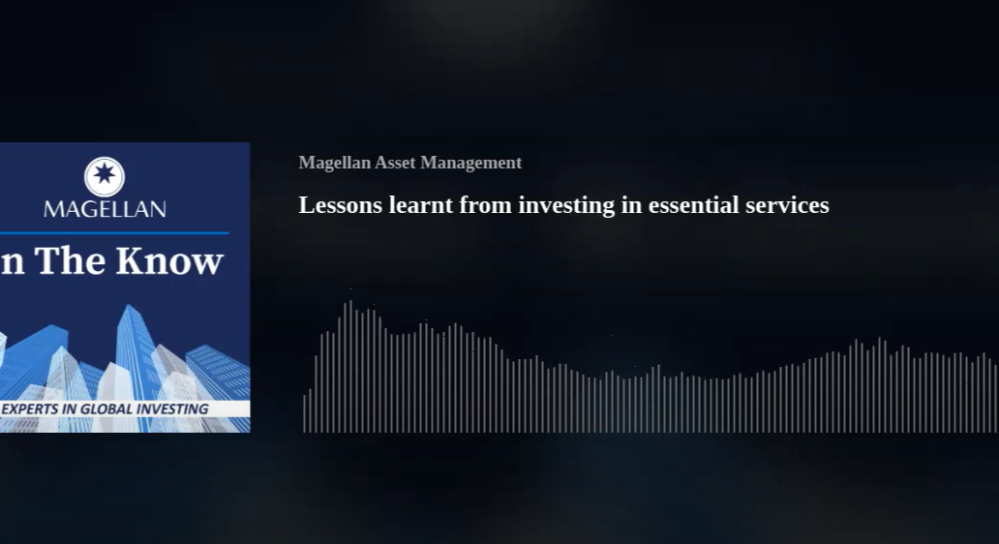by Stephen Hayes – Head of Global Property Securities
A few years ago, the term ‘ghost kitchen’ sounded like something you’d find in a scary movie. But the rapid rise of this new type of property provides some useful lessons about investing in real estate over the long term.
What is a ghost kitchen?
The ghost kitchen is a purpose-built industrial kitchen, designed to produce and distribute food to delivery drivers more efficiently than a traditional restaurant. They boast optimised workspaces designed to meet peak hour demand and substitute a dining room area with a digital storefront, providing a seamless fulfilment and logistics experience.
The location of such kitchens is key to their success. In order to deliver fresh, hot meals quickly, they need to be in areas where both demand and population density are high, making them suitable for urban infill industrial sites.
A stellar growth trajectory
In September 2020 there were already around 7,500 ghost kitchens in China, 3,500 in India, 1,500 in the United States and 750 in the UK[i].
Underpinned by the movement toward a digitally integrated world, food delivery grew over 300% faster than dine-in over the last 5 years[ii], which is predicted to reach $490 billion USD by 2025[iii]
Euromonitor International says global delivery sales more than doubled from 2014 to 2019 – and that was beforeCOVID saw millions of dining spaces forced to close and move to delivery only.
The food delivery boom, and the ghost kitchens it has spawned, are now providing a lifeline for many vendors who struggled with pandemic lockdowns, allowing them to operate on lower lease models rather than prime strips of real estate with street frontage.
Lessons in Disruption
With an abundance of interest in the sector, it is no surprise that a number of companies and investors are active in this niche. While this type of asset is still just a fraction of the global commercial real estate, it’s a useful case study in how fast a disruptive force can change the demand and supply dynamics of property.
In particular, the ghost kitchen trend has demonstrated that:
- Disruption can come from anywhere – Some five years ago, we caught taxis and ordered home-delivery Chinese and pizza. In 2021, rideshare is ubiquitous and we can eat 5-star meals on our couch.
The growth of online prepared food delivery and the increasing popularity of ghost kitchens exemplifies how disruption to the restaurant sector can affect real estate. We have seen over the last decade how retail property (such as malls and shopping strips) have faced a strong disruptive force due to e-commerce. Now, we are seeing how urban infill industrial property could benefit from ghost kitchen demand driving up market rents and land values. As the institutionalisation of the ghost kitchen industry continues, we expect the size and scalability of the assets to grow alongside it.
- Disruption sits within societal megatrends – The food delivery boom is just one part of a change in the way we live. Digital transformation, cost cutting through operational efficiency, scalability and Covid safety, are just some of the macro themes that have contributed to the rise of this sector.
Consumers want convenience and a seamless digital experience in every facet of their lives. In the same way that industrial warehouses have experienced a renaissance thanks to e-commerce, ghost kitchens demonstrate how social change can drive a rethink in real estate investment.
- Competition doesn’t wait – After Uber co-founder Travis Kalanick exited his executive role at the company that disrupted the taxi business, he launched CloudKitchens. With a US$400m injection from an investment fund, the company is buying cheap real estate to build shared kitchens for restaurants in the United States, China, India and the UK.
Asia in particular is leading the way. For example Yum China, China’s franchisor of KFC and Pizza Hut, has 300 million people signed up to its online rewards program which serves as a foundation for it to grow a national delivery network[iv], aiming for 20,000 ghost kitchens located in mainland China, with 1,000 kitchens in the works for 2021viii. The FSI Global Property Securities strategies’ Asian logistics investments currently have a number of ghost kitchens under development in China and Indonesia.
Conclusion
The continued adoption of technology is leading to rapid societal change, particularly with regard to how we live, work and play. These changes are leading to large re-allocations of capital across global economies with real estate being a major beneficiary. Society’s adoption of the conveniences of home delivered meals, and the subsequent increases in ghost kitchen demand is creating new investment trends in real estate globally.
ENDPOINTS
[i] https://www.fool.com/investing/2021/02/11/reasons-china-kfc-pizza-hut-franchisee-buy-2021/
[ii] https://roaminghunger.com/blog/15623/ghost-kitchens-everything-you-must-know
[iii] https://www.cloudkitchens.com/blog/ultimate-guide-to-ghost-kitchens-in-2021
[iv] https://www.fool.com/investing/2021/02/11/reasons-china-kfc-pizza-hut-franchisee-buy-2021/













